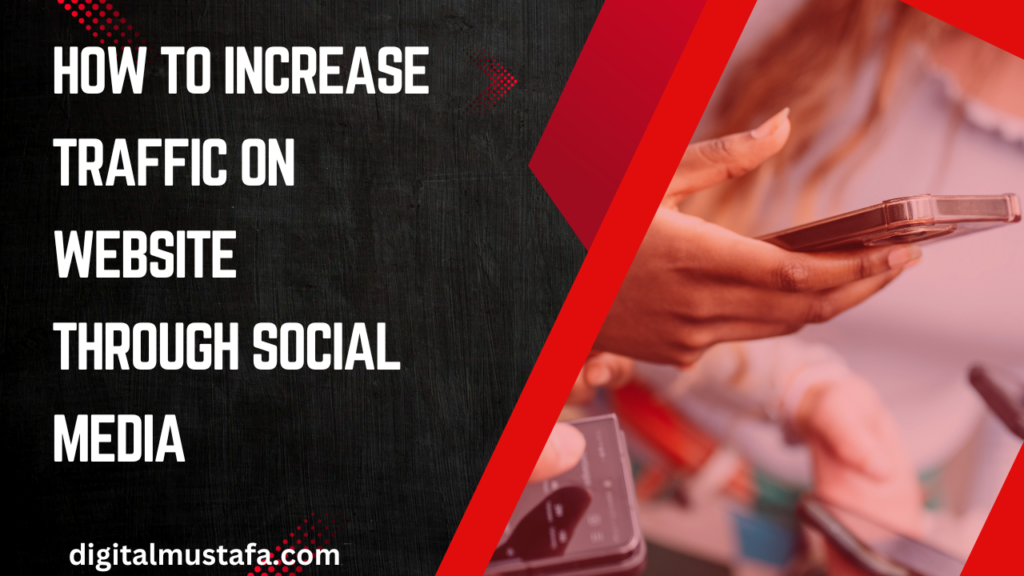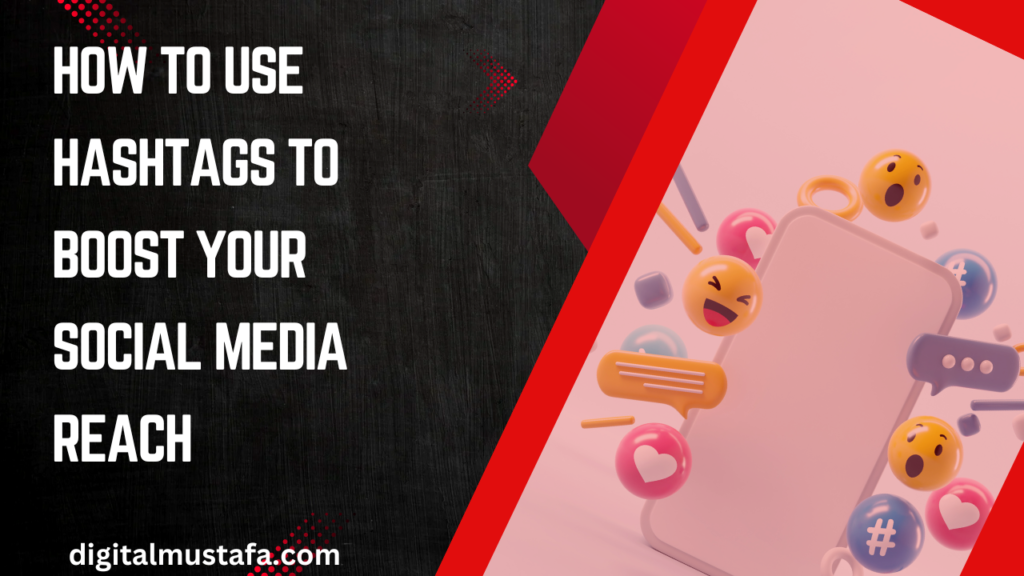Running effective social media ad campaigns is essential for businesses looking to maximize their online presence and engage with their target audience. Social media platforms like Facebook, Instagram, LinkedIn, Twitter, and Pinterest offer unique advertising options that allow businesses to create targeted campaigns aimed at specific groups of people. However, the key to a successful social media ad campaign lies in strategy, understanding the tools at your disposal, and optimizing for performance. In this blog post, we will guide you through how to run effective social media ad campaigns and provide actionable tips and insights.
Introduction to Social Media Advertising
Social media advertising refers to the practice of using paid ads on platforms like Facebook, Instagram, LinkedIn, Twitter, and more to reach a specific audience. These platforms have millions, sometimes billions, of users, making them an excellent tool for companies to target potential customers. According to a report by Statista, as of 2023, over 4.9 billion people are using social media globally. Businesses cannot afford to ignore these channels if they want to increase brand visibility and drive conversions.
Social media ad campaigns can serve various purposes, including:
- Increasing brand awareness
- Driving website traffic
- Generating leads
- Boosting sales
- Promoting special offers
The type of campaign you choose will depend on your business goals and objectives.
Step-by-Step Guide to Running a Social Media Ad Campaign
1. Define Your Goals
The first step in running an effective social media ad campaign is defining clear, measurable goals. Without goals, it’s impossible to gauge the success of your campaign. Common objectives for social media ads include:
- Brand Awareness: Introduce your brand to a new audience.
- Traffic: Drive users to a specific landing page.
- Engagement: Increase likes, comments, and shares on your content.
- Lead Generation: Collect email addresses or other contact information.
- Sales: Directly drive sales for your product or service.
SMART goals (Specific, Measurable, Achievable, Relevant, Time-bound) are recommended for clarity. For example, “We want to increase website traffic by 20% in the next two months through our Facebook ad campaign.”
2. Know Your Audience
Understanding your target audience is crucial in running a successful campaign. All social media platforms allow you to segment your audience based on various factors:
| Audience Segmentation | Explanation |
|---|---|
| Demographics | Age, gender, income, education, etc. |
| Interests | Hobbies, activities, favorite pages, etc. |
| Behavior | Purchase behavior, device usage, etc. |
| Location | Where your audience lives or works |
| Life Events | Marriages, graduations, anniversaries, etc. |
You can create detailed customer profiles or buyer personas to visualize who you’re targeting. For example, if you’re running ads for a luxury watch brand, your ideal audience might be males aged 30-50, with high-income levels, and an interest in high-end fashion.
3. Choose the Right Platform
Different platforms have different types of audiences. Selecting the right social media platform is essential for reaching the right people. Here’s a quick overview of some of the most popular platforms:
| Platform | Audience Demographics | Best For |
|---|---|---|
| Wide age range (25-65+), skewed towards older users | Brand awareness, community building, sales | |
| Younger audience (18-35), visually focused | Fashion, lifestyle, e-commerce | |
| Professionals, B2B (25-54) | Lead generation, professional services | |
| News enthusiasts, trending topics, tech-savvy users | Real-time engagement, thought leadership | |
| Mostly women (80% female), DIY, and lifestyle focus | E-commerce, home decor, and fashion |
Understanding the strengths and weaknesses of each platform will help you tailor your ad strategy accordingly.
4. Set Your Budget and Bidding Strategy
You can control your social media ad spend by setting a budget. There are generally two types of budgets:
- Daily Budget: This is the maximum amount you’re willing to spend per day.
- Lifetime Budget: This is the total amount you’ll spend over the duration of your campaign.
Bidding strategies vary by platform, but most social media ads operate on a cost-per-click (CPC), cost-per-thousand-impressions (CPM), or cost-per-conversion basis.
| Bidding Strategy | Best Used For |
|---|---|
| CPC (Cost-Per-Click) | Click-based actions like website visits |
| CPM (Cost-Per-Mile) | Brand awareness (pay for impressions) |
| CPA (Cost-Per-Acquisition) | Lead generation or sales |
It’s important to set a budget that aligns with your campaign goals, ensuring that you can maintain your ad presence without exhausting your funds too quickly.
5. Craft Compelling Ad Content
The content of your ad plays a crucial role in attracting the attention of your audience. Effective ad content is:
- Visual: Images and videos perform much better than text-only ads.
- Concise: People scroll quickly, so your message must be clear and to the point.
- Engaging: Use a call-to-action (CTA) that encourages interaction, like “Shop Now” or “Sign Up.”
Tip: Facebook recommends keeping text to less than 20% of the image for better ad performance.
Here’s an example of an effective ad structure:
| Ad Component | Example |
|---|---|
| Headline | “50% Off Summer Collection – Limited Time!” |
| Visual Content | High-quality image of product with a clear CTA |
| Copy | “Upgrade your wardrobe with our exclusive offers!” |
| Call-to-Action | “Shop Now” |
6. Monitor and Optimize Your Campaigns
Launching your ad is just the beginning. To ensure you’re getting the best return on investment (ROI), you must consistently monitor your campaign performance and optimize it as needed.
Use tools such as Facebook Ads Manager, Google Analytics, or LinkedIn Campaign Manager to track metrics like:
| Key Metrics | Explanation |
|---|---|
| Click-Through Rate (CTR) | Percentage of people who clicked on your ad |
| Conversion Rate | Percentage of clicks that resulted in a desired action |
| Cost Per Conversion | How much each conversion costs you |
| Return on Ad Spend (ROAS) | Revenue generated from your ad campaign |
If your ad is underperforming, experiment with different visuals, copy, audience segments, or even bidding strategies.
7. Split Testing
Split testing (also called A/B testing) allows you to run two variations of an ad to determine which performs better. For example, you can test different images, headlines, or call-to-action buttons. A/B testing helps you refine your ads for maximum effectiveness.
Common Mistakes to Avoid
Running a successful social media ad campaign requires understanding the common pitfalls. Avoid these mistakes to improve your results:
| Mistake | Explanation |
|---|---|
| Not Defining Clear Goals | Without goals, it’s hard to measure success |
| Targeting Too Broad of an Audience | Narrowing down your audience is essential |
| Ignoring Analytics | You must track your performance to optimize |
| Using Poor Quality Visuals | High-quality images or videos are a must |
| Setting and Forgetting the Campaign | Regular monitoring is necessary |
Best Practices for Success
Here are some best practices to follow when running social media ad campaigns:
- Keep Content Fresh: Update your ad creative regularly to avoid ad fatigue.
- Use Retargeting: Show ads to users who have previously interacted with your website.
- Focus on Mobile: Most social media users are on mobile devices, so ensure your ads are mobile-friendly.
- Engage with Comments: Respond to user comments to boost engagement and show that you’re active.
Case Study: A Real-World Example
A small e-commerce business specializing in fitness gear wanted to increase sales through Instagram ads. By using clear goals, segmenting their audience, and testing various ad creatives, they increased their online sales by 35% in just two months. They found that short videos of customers using the product generated the highest engagement and sales, leading to an optimized campaign.
Here’s a table summarizing their campaign’s results:
| Metric | Initial Performance | After Optimization |
|---|---|---|
| CTR (Click-Through Rate) | 0.5% | 1.8% |
| Conversion Rate | 1.2% | 3.5% |
| Cost Per Conversion | $15 | $7.50 |
| ROAS (Return on Ad Spend) | 200% | 400% |
Conclusion
Running effective social media ad campaigns requires a blend of strategic planning, audience understanding, and ongoing optimization. By following the steps outlined in this guide—defining your goals, understanding your audience, choosing the right platform, and continually optimizing your content—you can create impactful campaigns that drive real results. Social media advertising isn’t a one-size-fits-all approach, and the best campaigns are often those that learn, adapt, and evolve based on performance data.
So, start planning your next social media ad campaign today, keep experimenting with different strategies, and always stay tuned to the analytics to refine your approach.



